
It all started with a passing comment. It was 2001 and New York City was still reeling from the deadliest terror attack on American soil. Firefighters sorted through the rubble of the fallen Twin Towers. Families somberly awaited news about missing loved ones. American troops braced for war in the Middle East. But for a brief moment — one day — the city set aside its heartache and gathered along the streets with enthusiastic cheers and messages of love and hope to celebrate the more than 23,000 runners looking to conquer the New York City Marathon.
Allison Lassoe joined the masses on the sidelines, cheering for her out-of-state friend running the 26.2 miles through Brooklyn, Queens, Manhattan, the Bronx, and Central Park. Lassoe, then in her late 30s, was a runner herself, though she had never logged such mileage. No, she kept her runs to half-marathon distances of 13.1 miles or fewer. Lassoe didn’t consider herself an athlete, but she enjoyed the structure and mental clarity that running provides.
“Everyone has a different story why they run,” Lassoe says. “They’re motivated by different things. And they’re all inspiring.”
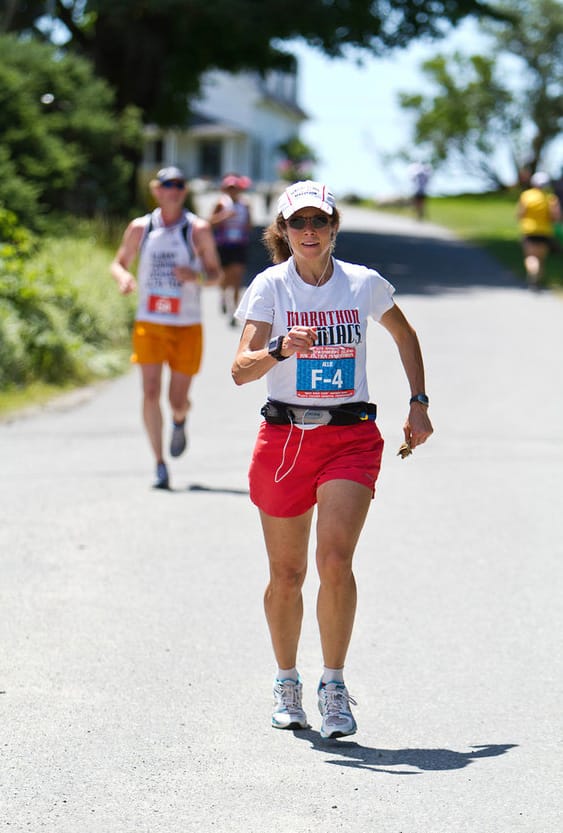
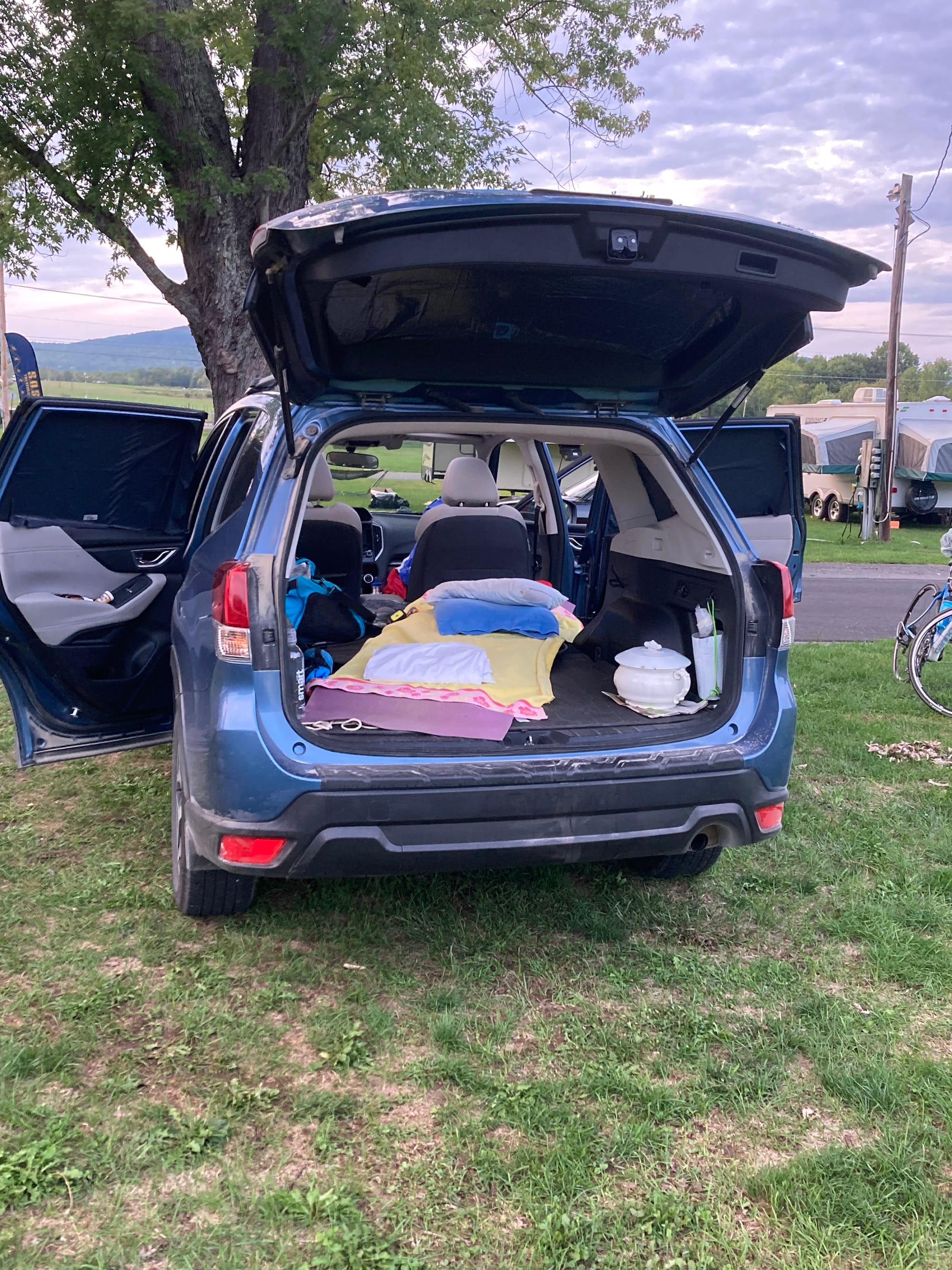
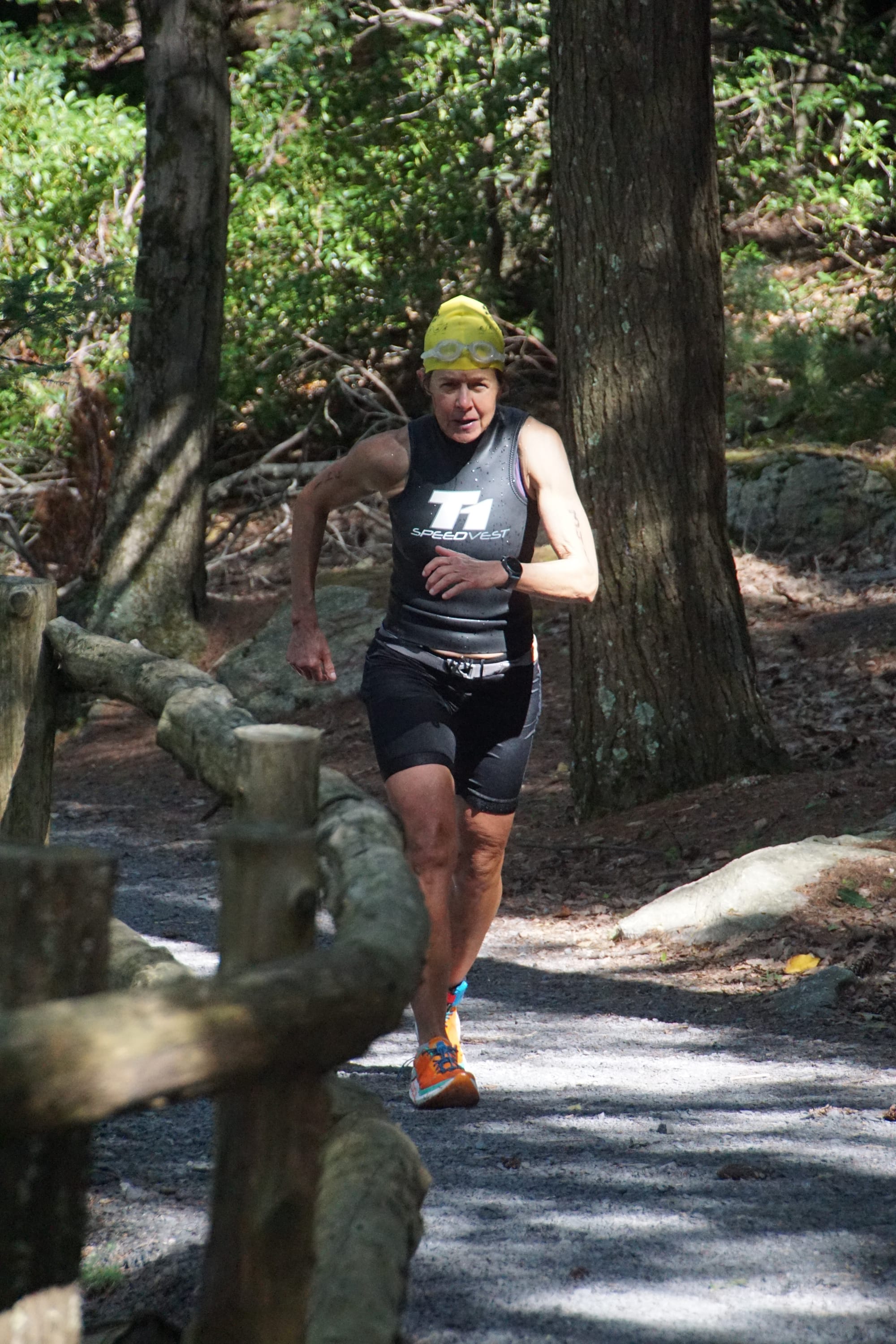
Lassoe manages the cost of so many competitions by frugally staying at the "Hotel Subaru." [Courtesy photos]
Watching the runners push through mile after mile, an all-too-obvious fact became clear: “Running a marathon is more of a mindset than a body type.” She watched those who were dialed in and brimming with confidence. Others soaked in the crowd's energy as if the cheers fueled them for the next mile. Then, there were those struggling through each step yet too stubborn to let the pain win.
Perhaps feeling inspired herself, Lassoe finally met her friend after the marathon. Her friend offered a passing comment that would spark a new chapter in her running journey: “Everyone should run a marathon.”
Okie dokie, Lassoe thought. If a marathon could immerse a city in such joy at a time it was enduring such heartbreak, if all those runners could muster the courage to conquer such great lengths, what could a marathon do for her?
After 24 years and 252 marathons, it turns out quite a lot.
Lassoe had long been acquainted with running but never took it that seriously. Certainly not enough to attempt a marathon. She didn’t come from a running family, nor one that would qualify as athletic. (Her brother later ran four marathons, including New York City, before passing the baton to Lassoe.)
Back in elementary school, she ran loops during gym class under the backdrop of the Brooklyn Bridge. Seven loops equaled a mile, and she earned a mileage pin for every mile run — a small token of her merit. Running soon fizzled into other extracurriculars. By high school, she joined the theater program and helped build sets for productions. She only managed running when her teacher made the tech crew run laps around the school to build endurance for moving props throughout a show.
Years later, she graduated from Syracuse and lived in New York City. She needed a hobby, so she bought a pair of $70 Saucony running shoes — paid for by check and with the help of a kind sales clerk who showed her how to fill it out — and began jogging through Central Park. After a cross-country move to Colorado, she entered a few races and worked her way up to half-marathons. Still, running was a hobby. Until: Everyone should run a marathon.
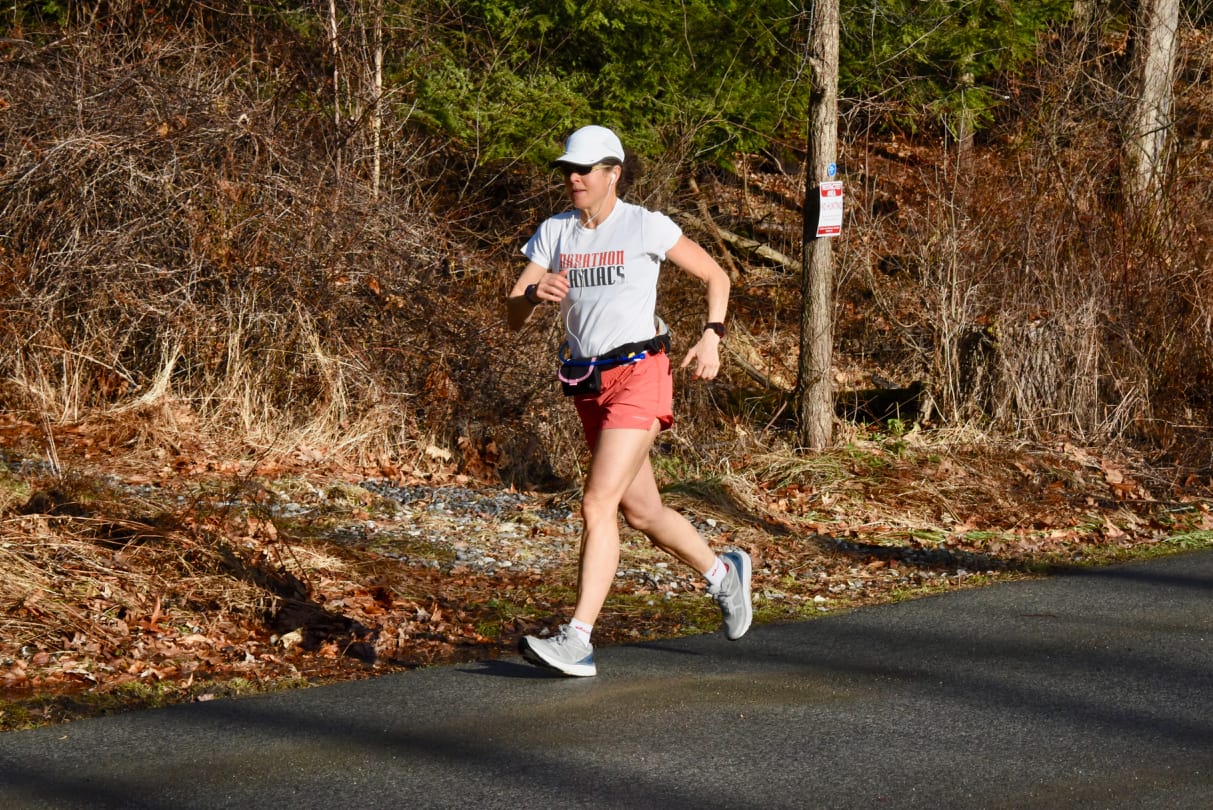
After the 2001 New York City Marathon, Lassoe vowed she would run the 2002 race. She printed a training plan from a running magazine. It’s all a bit strange, though. If a friend or partner had ever told her she had to run five miles on a specific day, she would have brushed them off. Get out of here with that nonsense. But the piece of paper that said she had to run five miles, well, there was no questioning the plan.
“I’m very intrinsically motivated,” she says in a moment of self-reflection. “I have to know I want to do it.”
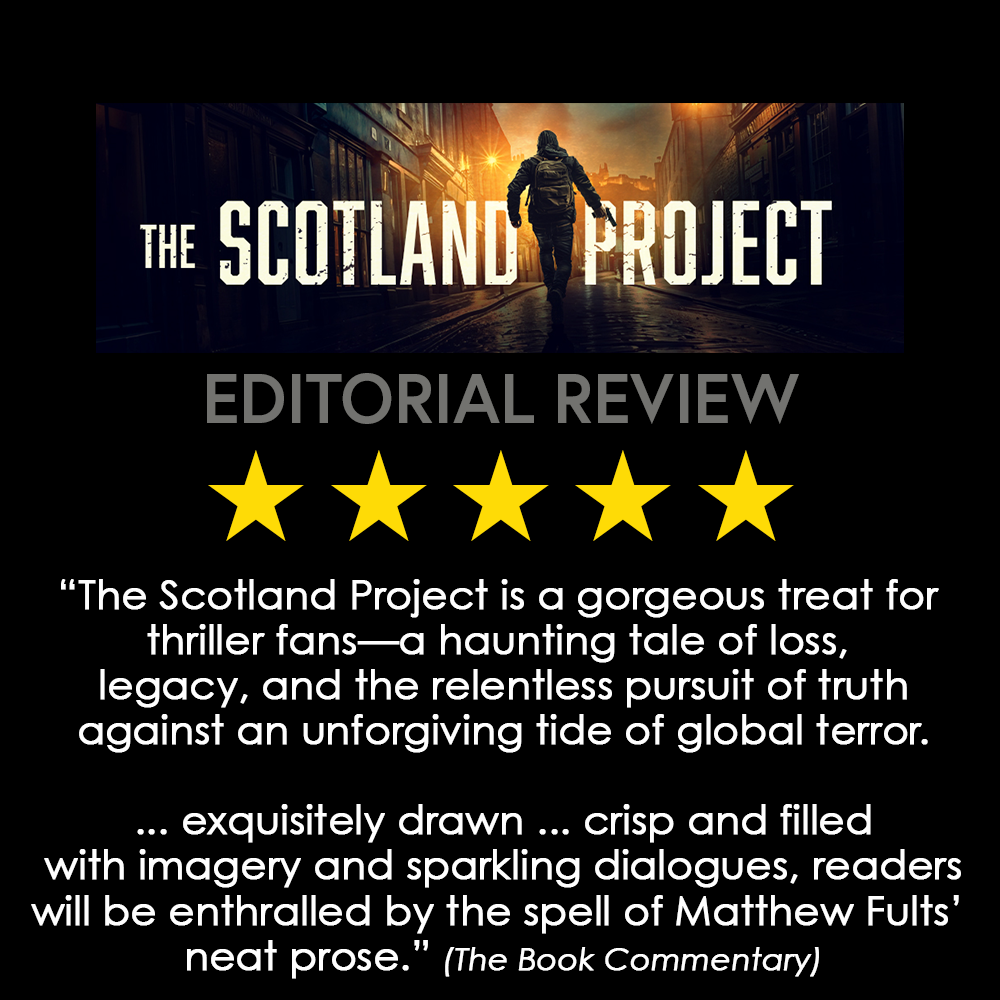
She was hopeful she would finish in about four hours, but the final six miles through Manhattan were a slog. By the time she crossed the finish line at 4 hours and 32 minutes, she was ready to curse everyone and flip the camera the bird. She would never run a marathon again…
…except, if she was honest, she enjoyed the discipline and training that went into the race. The early morning runs before work. The long runs on weekends. The having a plan and sticking to it.
“Running settles my mind, and each run or race gives me a chance to be the best version of myself that day,” she says. “It’s the process I enjoy, not the outcome.”
Six months later, she signed up for another marathon.
If you were to ask Lassoe today if she could run 26.2 miles, she would give a stern no. That would be a lie, of course. Because at 62, Lassoe still averages a marathon a month in addition to biking, swimming, and playing pickleball. Cross-training, she says, is key to her longevity.
In her two decades of running, she’s run along the freshwater shores of Lake Champlain in Vermont and on a remote island in Maine. She’s slept in the back of her Subaru Forester for longer races, nicknamed “Hotel Subaru,” which is “sort of plush.” It’s better than sleeping in a port-a-potty, a true horror story by other runners.
She’s finished 10 triathlons and 18 ultramarathons. She’s run the New York City and Boston Marathons at least 11 times each. New York remains enchanting, not just because it was her first but because of the entire atmosphere. If you ever find yourself running across the Verrazzano-Narrows Bridge during the marathon, you’ll likely find her leading the 4-hour-and-30-minute pace group.
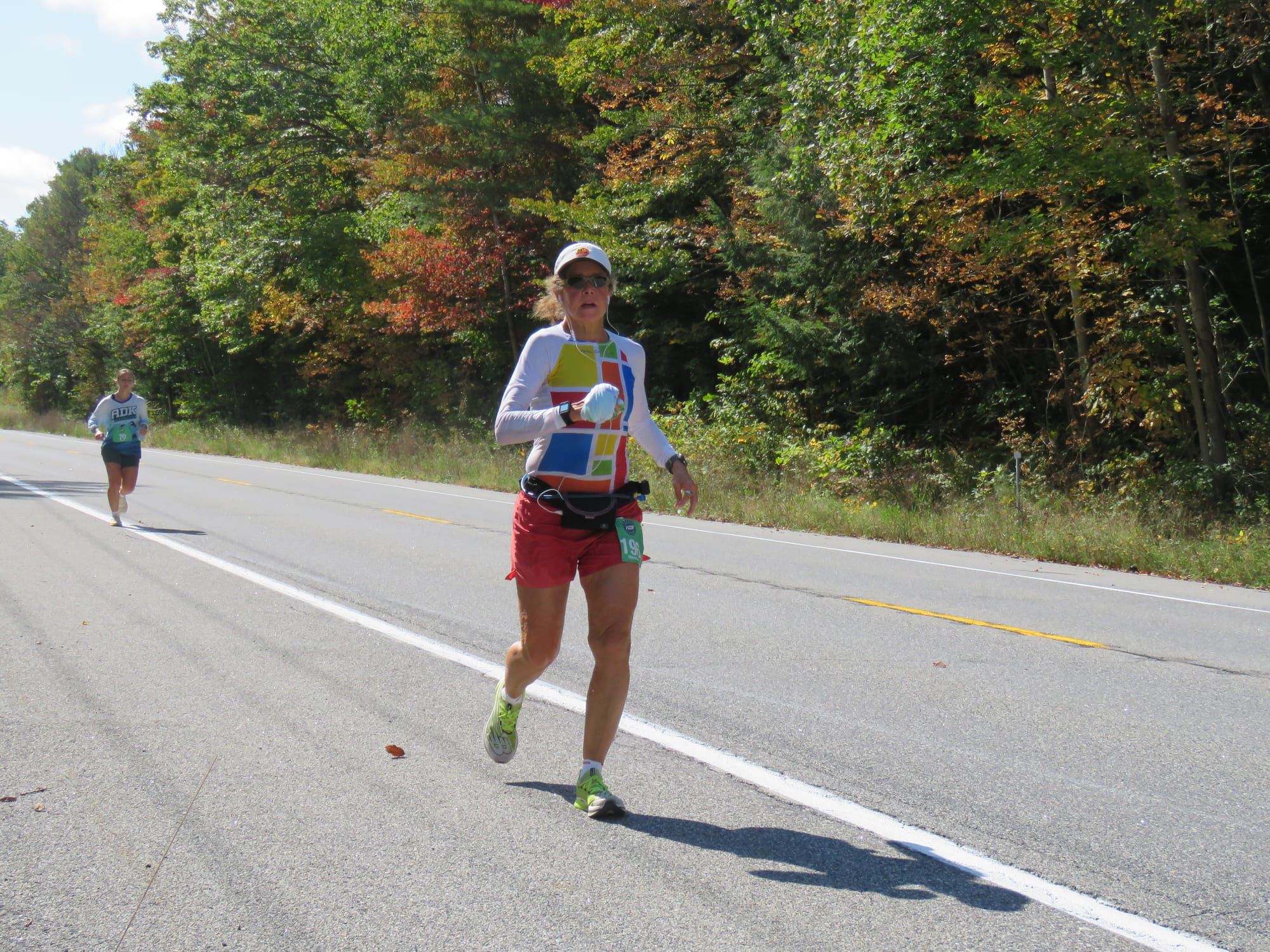
"Ice cream is always part of the marathon." [Courtesy photo]
For her 62nd birthday last year, Lassoe ran a 3.3-mile hill climb challenge for eight hours, completing 26.4 miles — another marathon. Afterward, she went to the ice cream store for a frozen treat. “Ice cream is always part of a marathon,” she says.
She’s learned that “marathons are as mental as physical.” That said, she likes the grind.
“You don’t know what you can do until you do it,” she says. “And once you’ve done it, you can say, ‘I can do hard things.’”
Lassoe doesn’t accept the aches and pains that come with both running or getting older. She enlists a good physical therapist or chiropractor to work them out, which keeps her fresh for the next run, the next race. How long will she go, exactly? Well, she has no plans of quitting.
“You see stories about people running when they’re 90 — that’s who I want to be,” she says. “I want to be out there running. Whatever it looks like. That’s what I want to be doing.”
It’s been two decades since her friend chimed everyone should run a marathon. That was 252 marathons ago. Neither can imagine she’s run so far for so long.
But as Lassoe likes to joke, “She never told me to stop.”